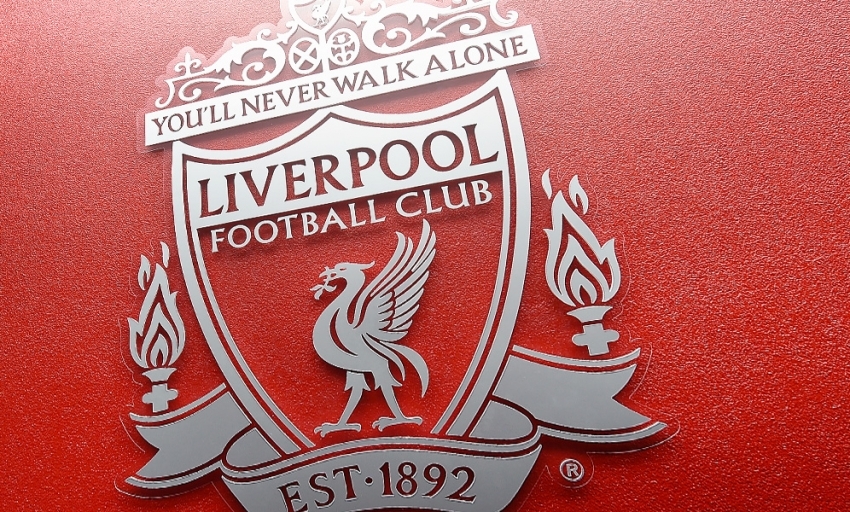Hillsborough inquests - May 14
The Hillsborough inquests commenced on March 31, 2014 and are the subject of reporting restrictions that have been imposed by the Attorney General's office. Liverpool Football Club is respectful of these restrictions and will therefore only be making available updates from other media channels for the duration of the inquest.

The report below - and the witness testimony contained within it - does not necessarily reflect the views of Liverpool FC. Please be aware that the reports on these pages will contain evidence about the day of the disaster which may be distressing.
To view archive reports from each day of the inquest hearings, click here.
Courtesy of the BBC - May 14
A doctor has described how there was "no time" to write up medical notes during a rush of hospital patients in the wake of the Hillsborough tragedy.
Dr Edward Walker, giving evidence at the new inquests, reported to Sheffield's Northern General Hospital after seeing the disaster unfold on TV.
He told the hearing the volume of patients meant they were not able to consider the identity of each person.
Ninety-six fans died following a crush at the 1989 FA Cup semi-final.
Dr Walker, at the time a junior anaesthetist based at a Rotherham hospital, told the jury he got to the Sheffield hospital at 15:20 BST and treated "nine or 10" casualties that afternoon
The eighth was a boy aged around 15.
Dr Walker said medics were already trying to resuscitate him when he first saw him. He sedated the boy so that he could insert a tube to help him breathe.
Referring to a statement he made in 1989, Dr Walker said "it appears that I transferred him to the intensive care unit, so he was presumably relatively stable at that stage".
He confirmed the boy would have had a heartbeat but would not have been breathing on his own.
The jury heard police officers said "one possible candidate" for Dr Walker's eighth casualty was 14-year-old Adam Spearritt.
Judy Khan QC, a barrister representing bereaved families, said the jury "will hear evidence that [in the case of] Adam Spearritt - that it was possible to establish a pulse and he was transferred [to intensive care], although tragically he subsequently died".
She then asked: "So does that confirm, in a sense, your description of what you did with that casualty and where he ended up? Does that fit in?"
Dr Walker replied: "I don't know about the word 'confirm'. Yes, it bears a strong resemblance to what I did.
"There is nothing that would suggest that it is not Adam Spearritt."
Christina Lambert QC, for the coroner, asked: "At the time when you were providing care, you wouldn't have been troubling yourself at that stage to find out the name or identity of the person to whom you were providing treatment?"
Dr Walker replied: "No. There was no time to even consider that and there was no paperwork on which to make any notes anyway."
The jury also heard about the treatment given to the youngest victim of the disaster, 10-year-old Jon-Paul Gilhooley.
A retired police constable told the hearing an ambulance officer trying to save his life was "obviously distressed" and in tears.
Mark Llewellyn said he went over to the ambulance and offered to help Jane Moffatt, as she gave Jon-Paul CPR.
Mr Llewellyn said: "The ambulance woman was obviously distressed and trying to work on the young lad, so I offered assistance."She was obviously crying. She asked me to try and continue working on him."
The officer travelled in the ambulance as it took Jon-Paul and another critically ill patient to the Northern General.
He said the boy was "unresponsive" and "unconscious". Mr Llewellyn added: "It was obvious that the young lad was not breathing."
The court heard how Jon-Paul's death was confirmed by a doctor at around 15:50 BST.
His father, Ronald, was told at 23:10 BST that his son was "feared to be one of those who died in the crush".
Mr Gilhooley then travelled to Sheffield and, at 03:30 BST on April 16, identified his son's body in the city's Medico-Legal Centre.
The inquests will resume on Monday.



